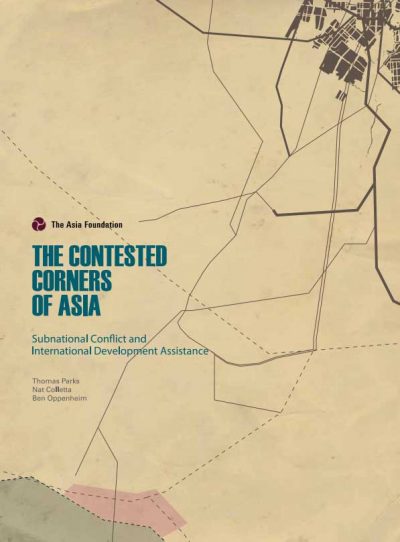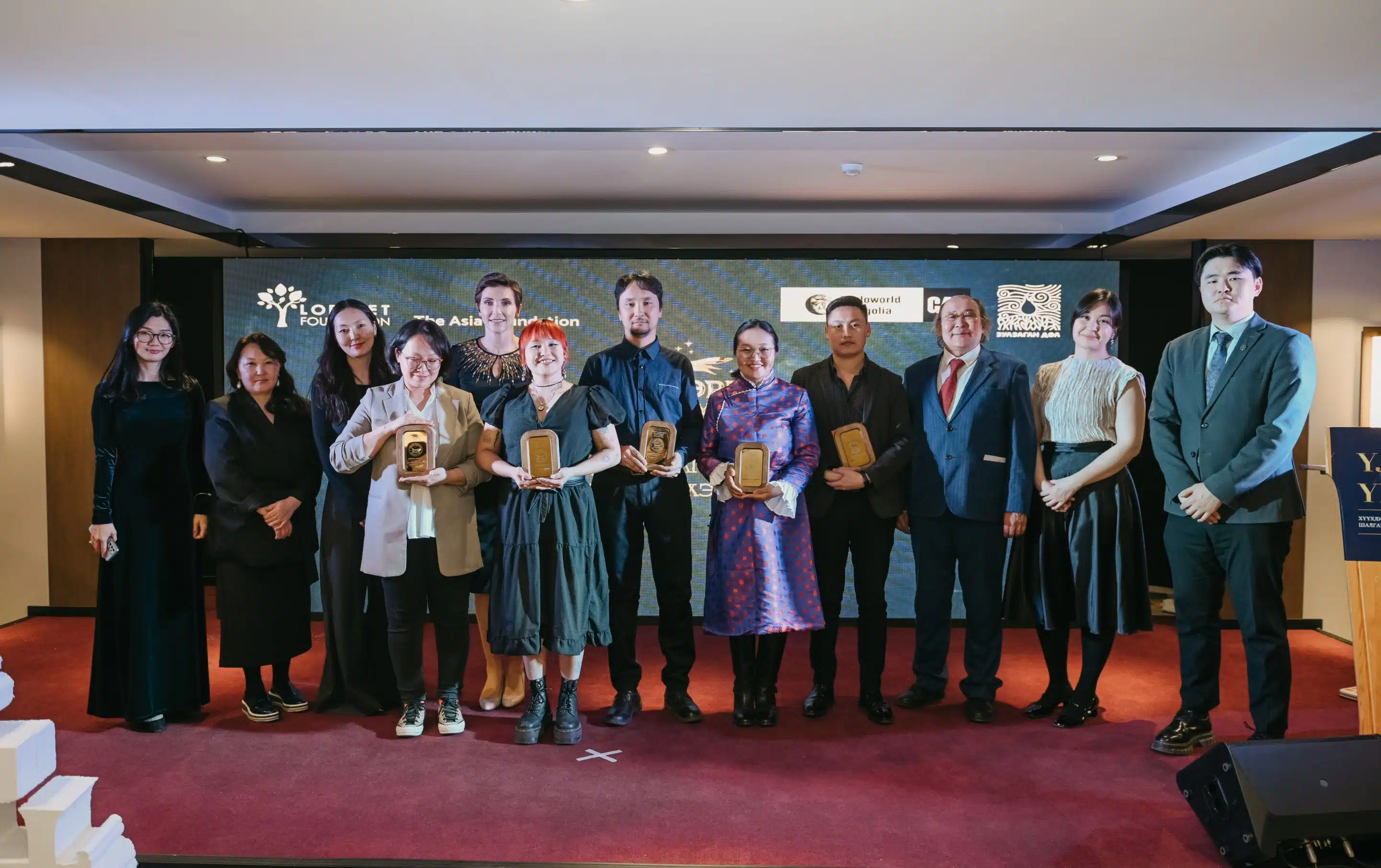InAsia
Insights and Analysis
Breaking the Deadlocks to Peace in Southern Thailand
January 11, 2017
On August 12-14, 2016, as Thais were celebrating the long holiday marking the Queen’s birthday, a series of 13 coordinated explosions rocked several provinces in Thailand’s Upper South, including popular tourist spots in Hua Hin, leaving four people dead and 30 wounded, including 10 foreigners. Forensic evidence points to the opposition group known as the Barisan Revolusi Nasional (BRN) as the likely perpetrators. While data suggests that violence associated with the protracted subnational conflict in Thailand’s southern border provinces has been on the decline in recent years, the latest surge in attacks in and outside the Deep South is a troubling reminder of the long-simmering conflict, which since 2004 has left over 7,000 dead and more than 10,000 injured.

Thai forensic police investigate a bombing in the Deep South. While data points to a reduction in violence, recent conflicts are a troubling reminder of the simmering conflict. Photo/Arpaporn Winijkulchai
In February 2013, the Thai government and representatives from the opposition group broke new ground when they announced an agreement to engage in a prelude to a peace dialogue facilitated by the government of Malaysia. After several rounds of discussions, the talks were suspended, with the opposition group claiming the government was not meeting its demands. In June 2014, the military government that came to power after the May 2014 coup, led by Prime Minister Prayuth Chan O-Cha, pledged to resume the dialogue process. Soon thereafter, an umbrella organization of insurgent groups known as MARA Patani announced its commitment to engage in a new dialogue with the government. While generally seen as a positive development, a renewed peace dialogue does not come without significant challenges.
Since the resumption of peace talks, a series of meetings have been conducted between MARA and the Thai state to test the other side’s sincerity and commitment and to present their respective demands. The government demanded that MARA agree to the introduction of “safety zones” aimed at reducing violence in mutually designated areas. For its part, MARA demanded that the state arrange an alternative justice mechanism to ensure legal immunity from criminal prosecution against those associated with the peace negotiations.
The safety zone agenda echoed a similar, but ultimately unfulfilled, opposition priority during the earlier peace dialogue in 2013. Similarly, on the issue of alternative justice, the government had previously signaled a willingness to grant some form of amnesty to those charged with security-related crimes. Unfortunately, at that time, the idea lacked a sufficiently strong constituency to support it.
With the advent of a new dialogue process, both ideas have been freshly raised and are gaining currency. The Asia Foundation, with support from the United Kingdom’s Department for International Development (DFID), commissioned two studies to enhance understanding and build a pool of technical expertise related to these two critical issues surrounding the peace process.
In December, The Asia Foundation and the Rangsit University College of Social Innovation co-organized a national forum to present research findings on safety zones and alternative justice, and to stimulate dialogue among policymakers, politicians, civil society groups, the media, and the international community. Informed by a series of dialogues and consultative forums with local partners and key stakeholders, the research showed that, even though safety zones are a priority issue with great political significance, there is a lack of consensus as to what establishing these special zones would actually mean.
There are at least three different interpretations of what a safety zone is. One is the model proposed by the southern NGO, Women Agenda for Peace, which asks both parties to refrain from attacking public spaces and soft targets. The second model calls for unilaterally-defined safety areas, or “incident-free zones,” which are advocated by the Thai state. While the first two models emphasize the reduction of violence in certain physical spaces, the third and most favored model among forum participants is premised on the view that the most effective way to end violence is to ensure that its root causes are addressed. This model obviates the need for safe physical spaces and provides a guarantee of safe political voices moderated by a neutral intermediary, in an environment that, up to now, has not been amenable to the accommodation of alternative views on the southern conflict.
Asia Foundation experts also presented study findings on existing alternative legal mechanisms in the Thai judicial system, and gauged views on alternative justice among core interest groups, including public prosecutors, Thai-Buddhist groups, and human rights organizations working in the South. The study found that, despite the alternative justice mechanisms already existing within the Thai legal framework, complicated legal technicalities create a significant barrier to their application in the context of the conflict in southern Thailand. Operational-level officials face many challenges when it comes to implementing these mechanisms on the ground.
Other stakeholders, including victims of the southern violence, viewed some form of amnesty as necessary to achieve peace, but cited challenges that need to be addressed, such as how to compensate victims, both financially and psychologically; how to guarantee safety from vigilante violence; and how to mend relationships between victims and perpetrators. There was consensus among the discussants that an alternative justice law relevant to the context of the southern conflict would need to be developed.
These are all complicated questions to which clear answers could not be arrived at over the course of a two-day forum. Instead, what evolved from the forum was a common understanding that answers to these critical issues are not to be rushed. If this peace dialogue process, or others that follow it, are to have a chance of succeeding, there needs to be a solid consensus among the major constituencies on how the issues of safety zones and alternative justice are handled. This can only be accomplished through an inclusive process that takes into account the needs and aspirations of all involved—particularly those of the citizens of Thailand’s South, who have endured over a decade of conflict.
Santi Nindang is a senior program officer for The Asia Foundation in Thailand. The views and opinions expressed here are those of the author and not those of The Asia Foundation or its funders.
Read more about the conflict in southern Thailand and across Asia in these Asia Foundation reports.
2 Comments
About our blog, InAsia
InAsia is posted and distributed every other Wednesday evening, Pacific Time. If you have any questions, please send an email to [email protected].
Contact
For questions about InAsia, or for our cross-post and re-use policy, please send an email to [email protected].The Asia Foundation
465 California St., 9th Floor
San Francisco, CA 94104
The Latest Across Asia
Media Coverage
May 15, 2024
Program Snapshot
May 15, 2024
Program Snapshot
May 2, 2024

2024 Lotus Leadership Awards
The Lotus Leadership Awards recognize contributions towards gender equality in Asia and the Pacific










Thailand is a relatively progressive country and has a great economic potential with skilled labor. Southern Thailand has always been subjected to violence and terrorism thus affecting the whole country.
Hello Santi Nindang. Is the report on the December national forum that was co-organized by Asia Foundation and Rangsit University College of Social Innovation, already available online?